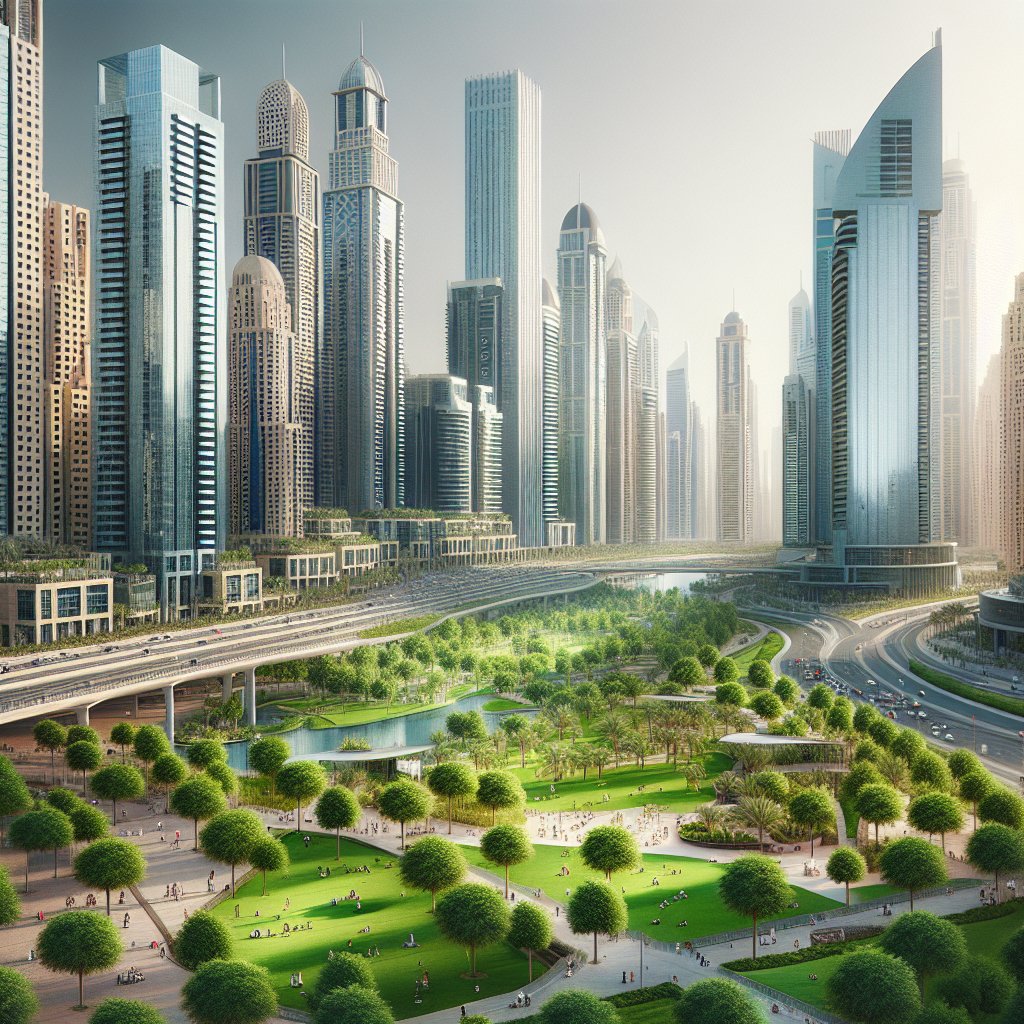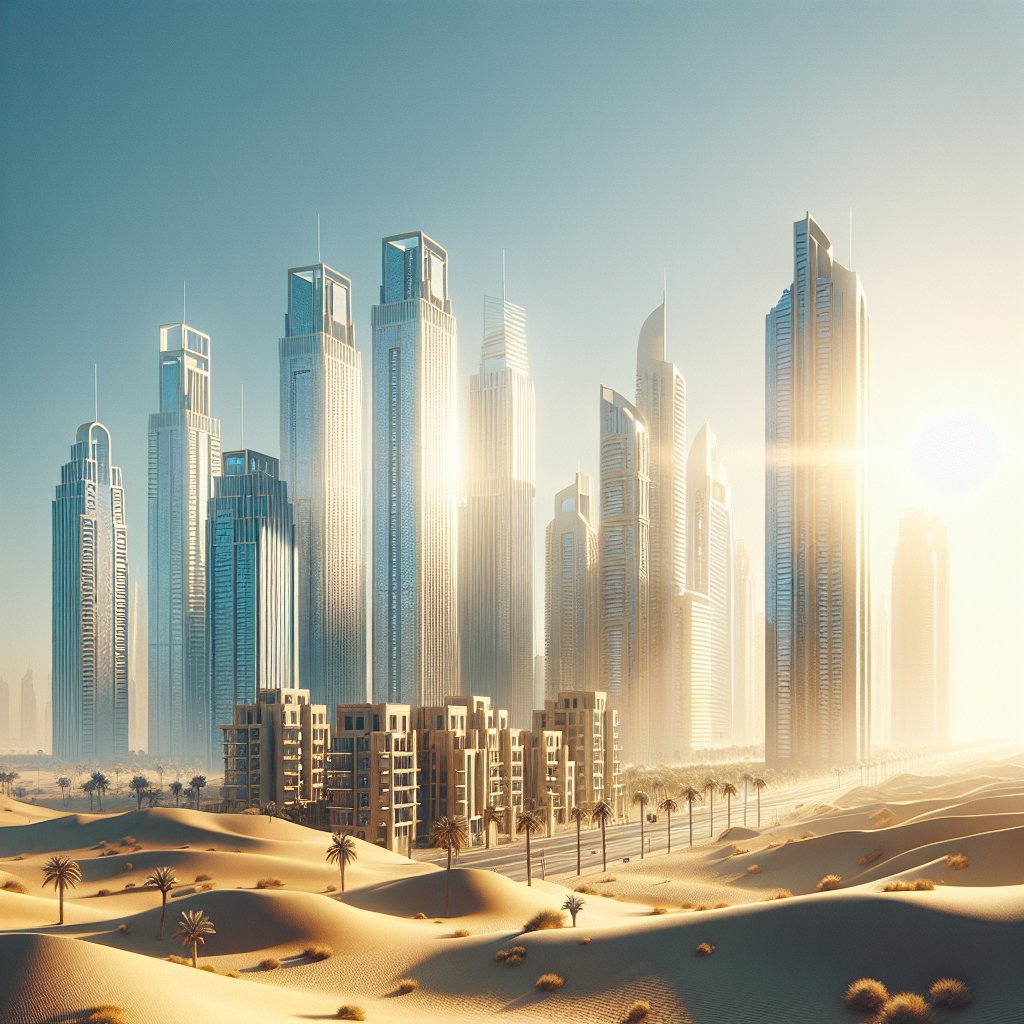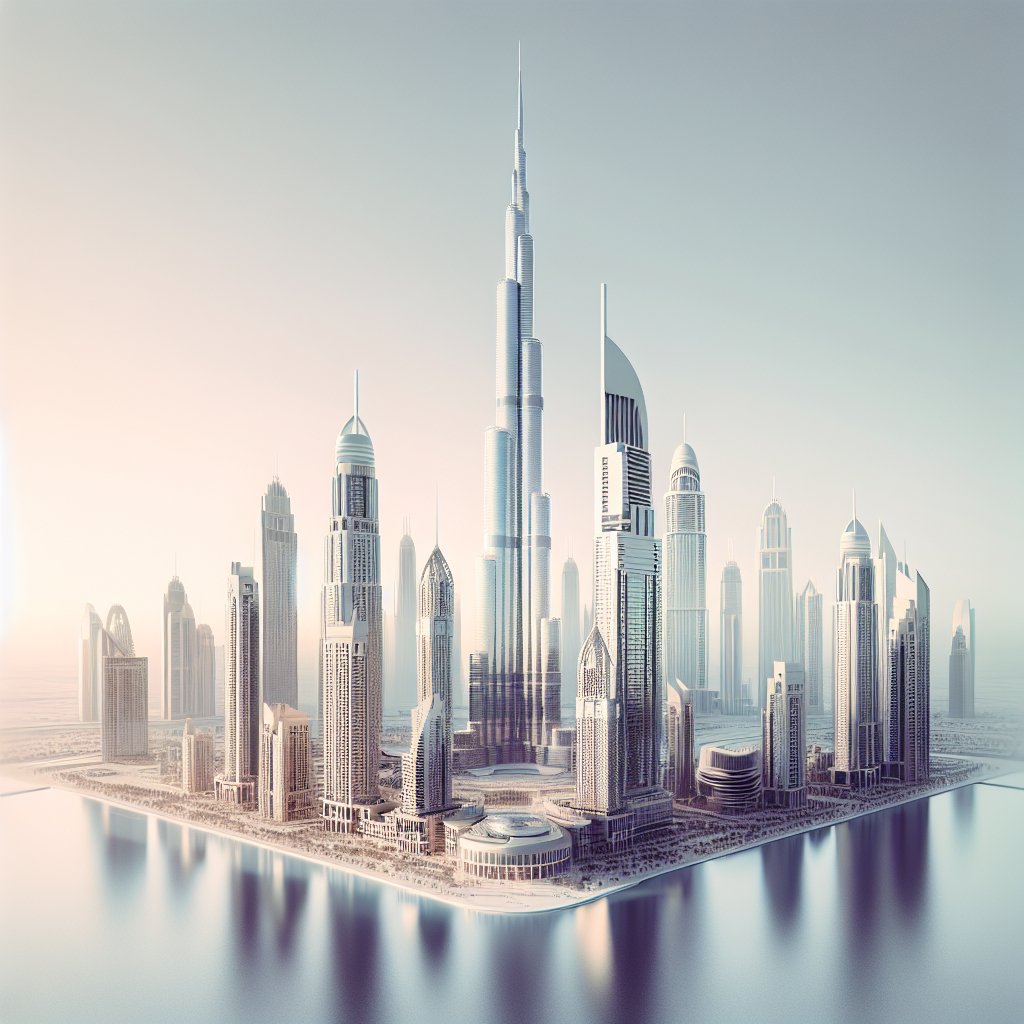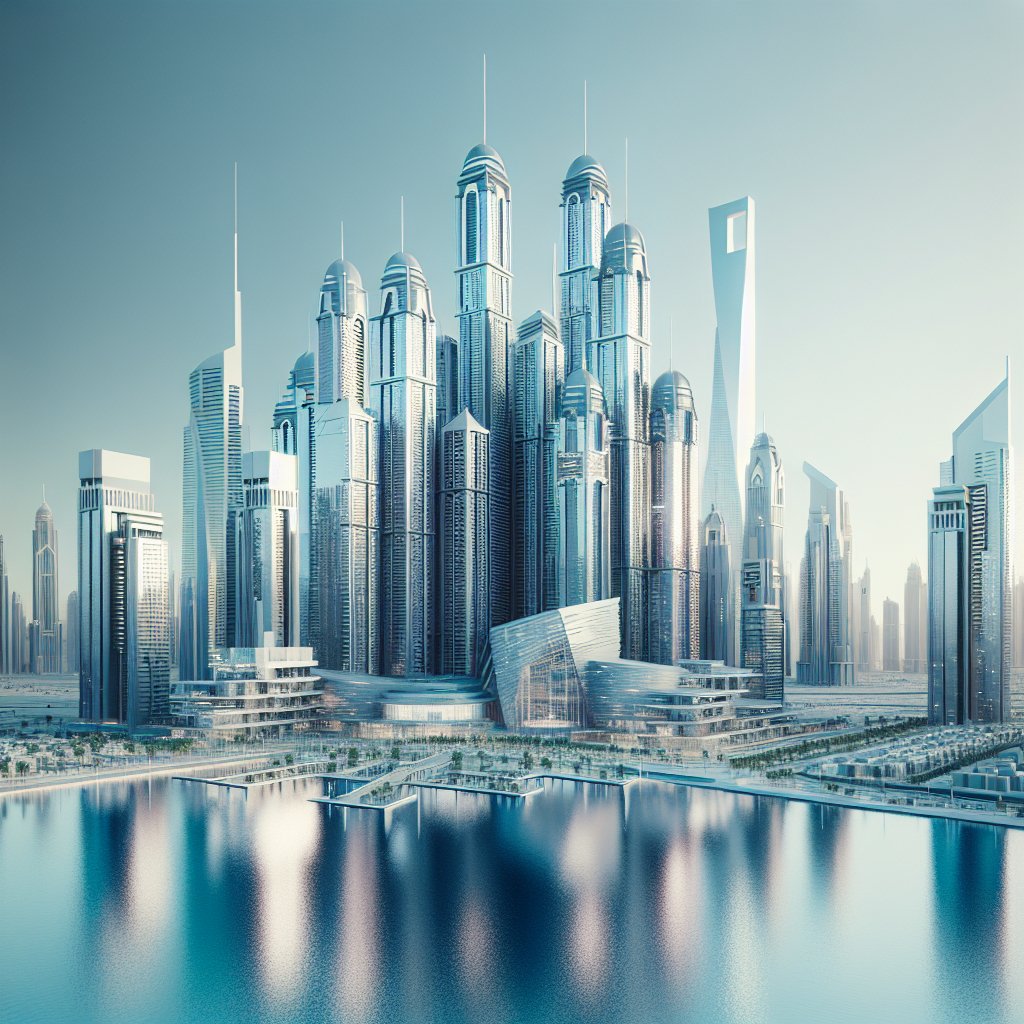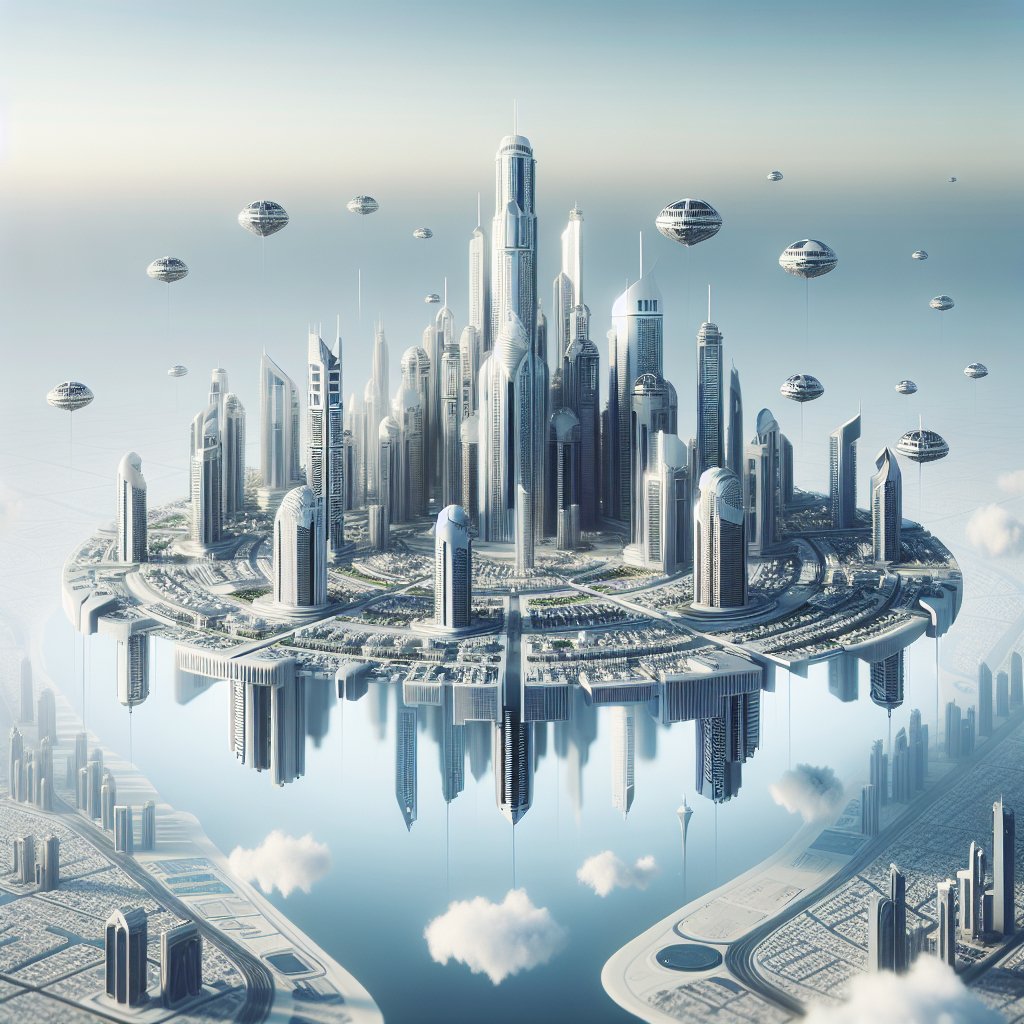The Dubai Frame, a remarkable architectural landmark, stands as a testament to the city’s innovative spirit and commitment to sustainable development. This iconic structure not only offers breathtaking views of both old and new Dubai but also embodies the principles of sustainable architecture, making it a symbol of the city’s forward-thinking approach to urban development.
Design and Construction
The Dubai Frame’s design is a marvel of modern engineering, combining aesthetics with functionality. Designed by the award-winning architect Fernando Donis, the structure is essentially a massive picture frame, measuring 150 meters high and 93 meters wide. Its strategic location in Zabeel Park allows visitors to enjoy panoramic views of the city’s contrasting landscapes: the historic districts to the north and the modern skyline to the south.
The construction of the Dubai Frame was a feat of engineering, utilizing cutting-edge technology and sustainable materials. The frame is clad in stainless steel with a golden hue, which not only enhances its visual appeal but also reflects sunlight, reducing the need for artificial lighting. The use of energy-efficient glass further minimizes heat gain, contributing to the building’s overall energy efficiency.
Sustainability Features
One of the most impressive aspects of the Dubai Frame is its commitment to sustainability. The structure incorporates several eco-friendly features that align with Dubai’s vision of becoming a sustainable city. The use of solar panels on the roof generates a significant portion of the building’s energy needs, reducing its carbon footprint.
Water conservation is another critical aspect of the Dubai Frame’s sustainable design. The building employs a state-of-the-art water recycling system that collects and treats wastewater for reuse in irrigation and other non-potable applications. This system significantly reduces water consumption, an essential consideration in the arid climate of the UAE.
Visitor Experience
The Dubai Frame offers a unique visitor experience that combines education with entertainment. As visitors ascend to the top of the frame, they are treated to a multimedia exhibition that showcases Dubai’s transformation from a small fishing village to a global metropolis. This exhibition highlights the city’s commitment to sustainable development and its vision for the future.
At the top of the frame, visitors can walk along a glass-floored sky deck, offering unobstructed views of the city below. This experience not only provides a thrilling perspective of Dubai but also emphasizes the importance of preserving the city’s natural and cultural heritage amidst rapid urbanization.
Impact on Dubai’s Urban Landscape
The Dubai Frame has had a significant impact on the city’s urban landscape, serving as a catalyst for sustainable development. Its presence has inspired other architectural projects in the region to incorporate sustainable design principles, contributing to the overall greening of Dubai’s skyline.
Moreover, the Dubai Frame has become a symbol of the city’s commitment to balancing modernization with environmental responsibility. It serves as a reminder that sustainable architecture is not only possible but also essential in creating livable, resilient cities for future generations.
Conclusion
The Dubai Frame is more than just an architectural landmark; it is a beacon of sustainability and innovation. By integrating eco-friendly features and promoting environmental awareness, the structure exemplifies Dubai’s dedication to creating a sustainable urban environment. As the city continues to grow and evolve, the Dubai Frame will undoubtedly remain a symbol of its commitment to a greener, more sustainable future.



